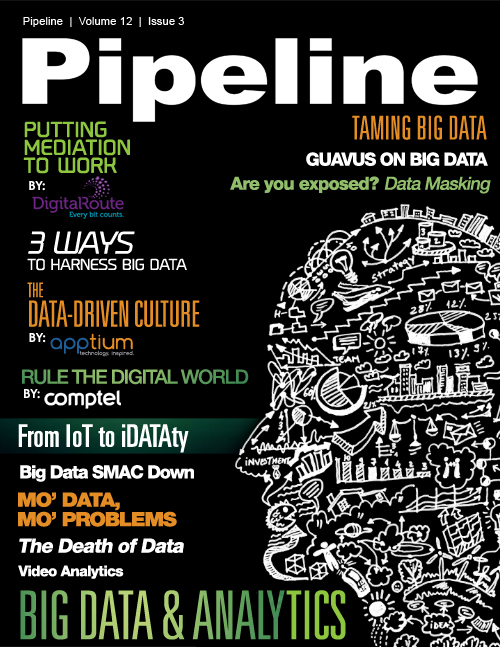Where does big data go when it dies (and why should we care)?
How do I make my data disappear?
For consumers, the two most relevant use cases for data death arise from social media networks and mobile devices. Many young job seekers want to make photos they shared at a college party upside down above a keg go away, but are they still accessible? (The answer is probably, yes.) Similarly, mobile devices have a tendency to get lost or stolen. What happens to the data on these devices? Can it be remotely erased, for good? Cloud productivity and storage tools, like Evernote, for business customers, cloud services open the Pandora’s box of data death.
This creates an interesting new service vertical: digital identity management. This could include data encryption and anonymization, periodic data destruction using Eraser or a similar tool, periodic dBan nuking of data servers, identity monitoring, automated search engine data removal requests, remote device wiping, or a combination of any or all of these services.
Just as CSPs need to create living wills for the cloud services they provide through third parties, consumers would likely pay for better control over their digital identities, especially before an important job interview! Likewise, companies who build their businesses on low-cost cloud infrastructure, like Amazon AWS, must have a death plan in place before they go live. It may sound macabre, but the death of data has never been more important for communication service providers. Rather than avoiding it, much like we humans tend to do, we must accept the destiny of our data and build strategies that accommodate it.



















